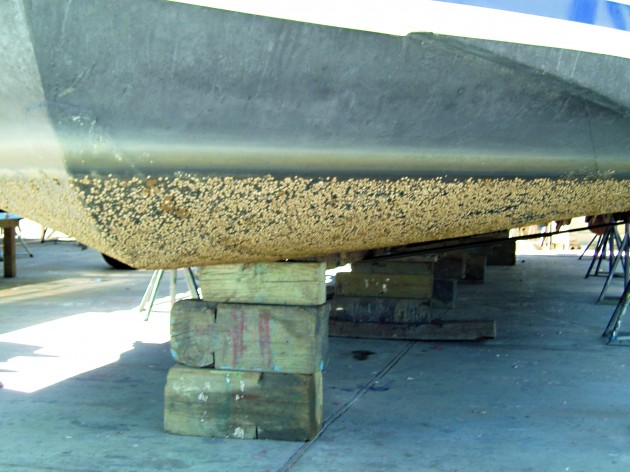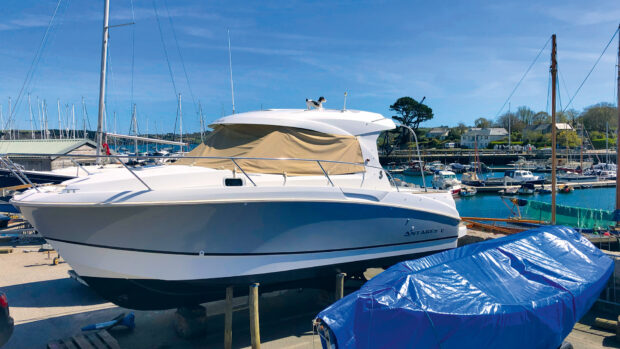MBY editor Hugo Andreae explains why antifouling your boat is so important and how to do it right
In this feature, we explain everything you’ve ever wanted to know about antifouling, plus some things which you didn’t know you wanted to know: like can you mix your own copper paints? And how did Columbus antifoul his boats?
What are the main types of fouling?
Fouling, or more accurately ‘biofouling’, is the build-up of plant and animal life that occurs on all submerged structures, from rocks to oil-rigs – and, of course, boat hulls.
These are generally split up into two subdivisions: microfouling and macrofouling. Microfouling is made up of microscopic bio-organisms, such as slime, bacteria and other small algal life forms.
Macrofouling is the bigger stuff that us boaters tend to get worked up about, such as barnacles, muscles, tubeworm, sea squirts and seaweed.
Why should I worry about it?
Because any significant growth of fouling has an immediate effect on your boat’s performance and its fuel efficiency.
On planing powerboats even a light build-up of fouling can knock five knots off your top speed and increase fuel consumption by 30%. Heavier growth may prevent a boat from planing altogether.
Does fouling vary from place to place?
Absolutely – from place to place and even year to year, according to the water temperature, its salinity, the level of sunlight, the quantity of nutrients and countless other factors.
Generally speaking, the higher the water temperature, the greater the growth, hence the reason fouling is so bad in the Mediterannean. There are variations in the UK too, with local boaters invariably claiming that their haunt is the worst.
Has it always been a problem?
Yes. And it was arguably even more of a problem to the lumbering sailing ships of yesteryear. Heavy fouling or the lack of it could be a matter of life or death during the slow-motion naval battles that they engaged in.
How did they cope?
In the early days careening was the preferred method. This involved tipping the ship on its side, lighting small fires under the hull, then scraping off the softened pitch and fouling by hand.
Pitch, tar and even whale grease were favoured by the likes of Christopher Columbus and Sir Walter Raleigh. The introduction of metal sheathing, first with lead and then copper and zinc, didn’t happen until the 1700s.
What other types of antifouling were tried?
You name it, someone has tried it. Patent records have been filed for everything from ground glass to arsenic, red lead, sulphur, and even guano!
History doesn’t relate which ones were the most effective, suffice it to say that bird poo doesn’t feature on many chandlers’ stocklists these days.










